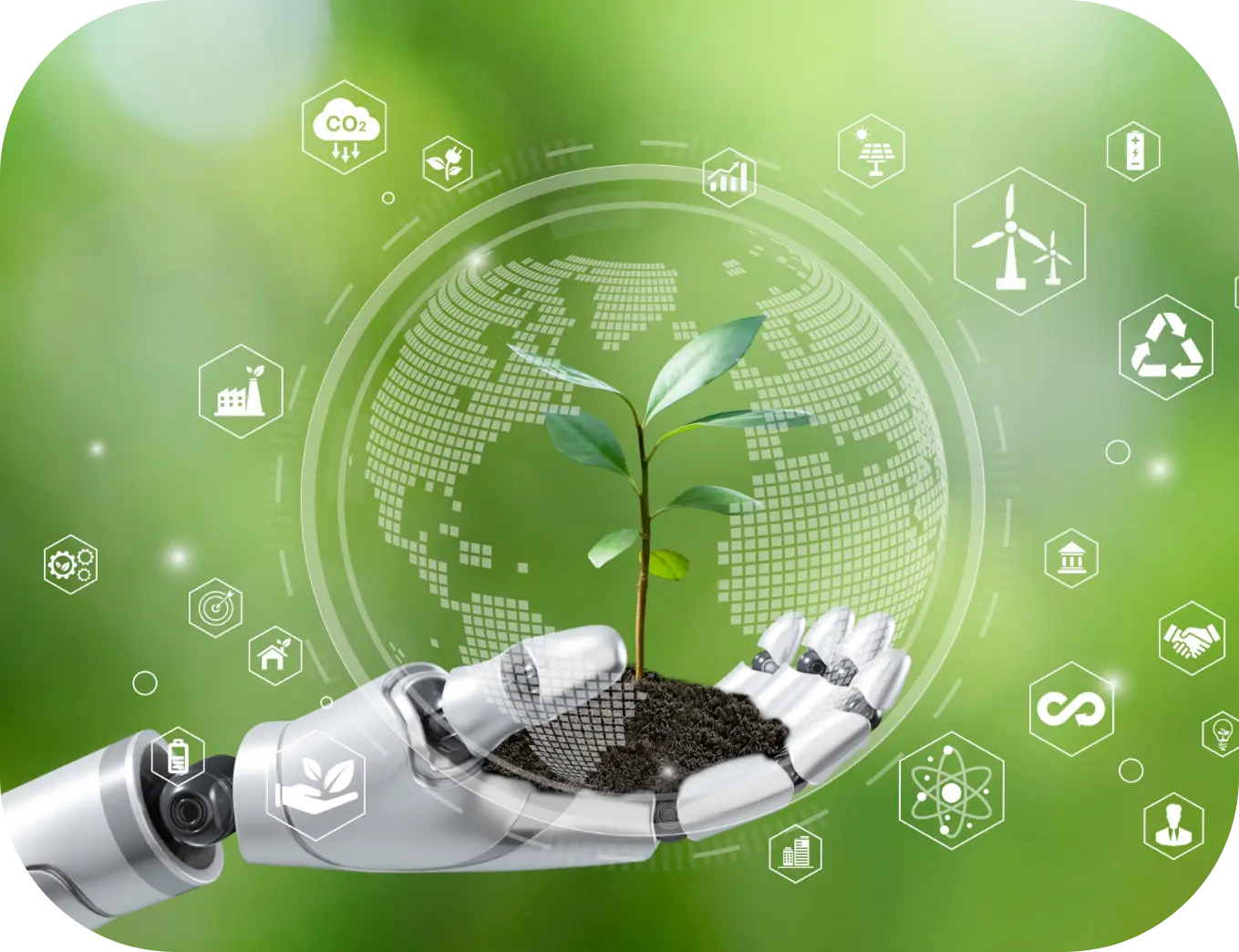Can we outsmart the climate crisis with AI?
Much of climate change is manmade, but with the speed and scale, humanity alone is unable to reverse it. Increasingly, we will harness Artificial Intelligence (AI) to help find solutions in managing energy, water, agriculture and supply chains in sustainable ways.
Mention AI, and the man versus machine tension will come to the fore. In the 1968 film, Space Odyssey 2001 pitted human astronauts against HAL, the omnipresent computer with a sinister agenda. In 1996, AI outsmarting humans became a reality, with Gary Kasparov, the reigning chess champion, losing to Deep Blue. Today, AI has learnt human language, one of the skills that enabled humans to become a dominant species. Given just a few prompts, AI bots are able to write essays within seconds, and can even respond in Singlish, lah!
Could this rapid processing capability be harnessed for good? Could this incredible thinking ability help humans obtain energy savings and contribute to carbon reduction? SP Digital solutions incorporate AI in building control systems to help advance sustainability in the built environment.
How AI does it
AI takes big data sets, processes them at speeds beyond human capabilities, learns to recognise patterns in the data, and makes predictions.
For example, AI in navigation apps can help predict traffic jams – by analysing and cross referencing past data, weather information and current road conditions.


In the built environment, AI in utilities management can help optimise usage to reduce emissions, and achieve Super Low Energy Building (SLEB) status for various commercial and industrial premises, such as an office block or mixed-used complex.
SP Digital’s suite of Green Energy Tech (GET®) solutions leverages on AI and IoT, integrating different building management systems and diverse data sources to create a seamless, sustainable utilities management experience that is accurate, comprehensive and timely. The innovative suite also enables the transformation of existing properties into green buildings.
GET can be easily incorporated into a building even past the construction phase, as the installation is simple and modular, and done with minimal disruption to business operations.
GET® Insights, in particular, takes the guesswork out of figuring out energy consumption patterns down to details like a particular floor, unit, or even specific common areas. Its utilities dashboard enables customers to manage, monitor, report, analyse and optimise utilities usage to help identify wastage and cost efficiencies to meet sustainability targets.
SP Digital’s GET® Control is a predictive and proactive building intelligence system with built-in AI and analytics, for energy savings. It can enhance an HVAC or ACMV system to better manage indoor air temperature and quality.
AI-enabled solutions can help optimise energy loads based on factors such as occupancy rate and the weather. For instance, the office space might empty out during lunch time and rainy weather might lower the building temperature. AI-managed systems for controlling indoor air quality would automatically adjust the system settings to balance occupant comfort and energy consumption.
Taking into consideration these factors, GET Control optimises office airflow control so that the areas inside an office space are evenly cooled. Hot and cold spots that are associated with conventional air conditioning systems become a thing of the past.
Deploy GET Control, which is a microclimate control solution that enables you to
potentially save up to 30% on cooling energy and 18% on carbon emissions
quickly retrofit devices to existing equipment and save up to 25% on man-hours compared to a Variable Air Volume (VAV) system replacement
As cooling in a building can account for up to 60%1 of its energy usage, you could be looking at significant energy savings and cost implications.

The built environment accounts for about 20% of Singapore’s carbon emissions2. Man and machine working together to reduce emissions in this sector would contribute greatly to the nation’s overall sustainability efforts.
If you would like to know how our smart solutions can integrate with building automation systems, to deliver energy-efficient buildings while advancing carbon reduction, contact us now.

